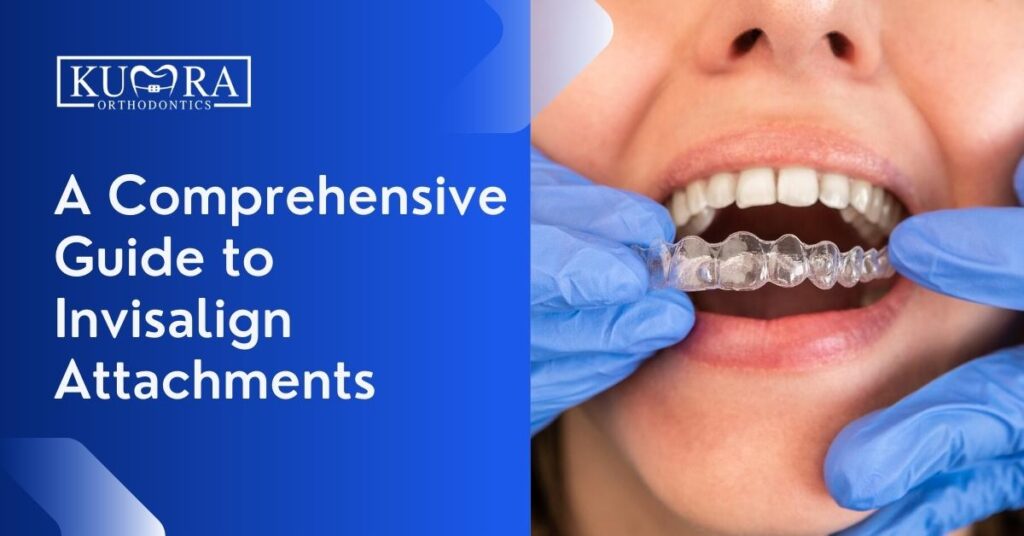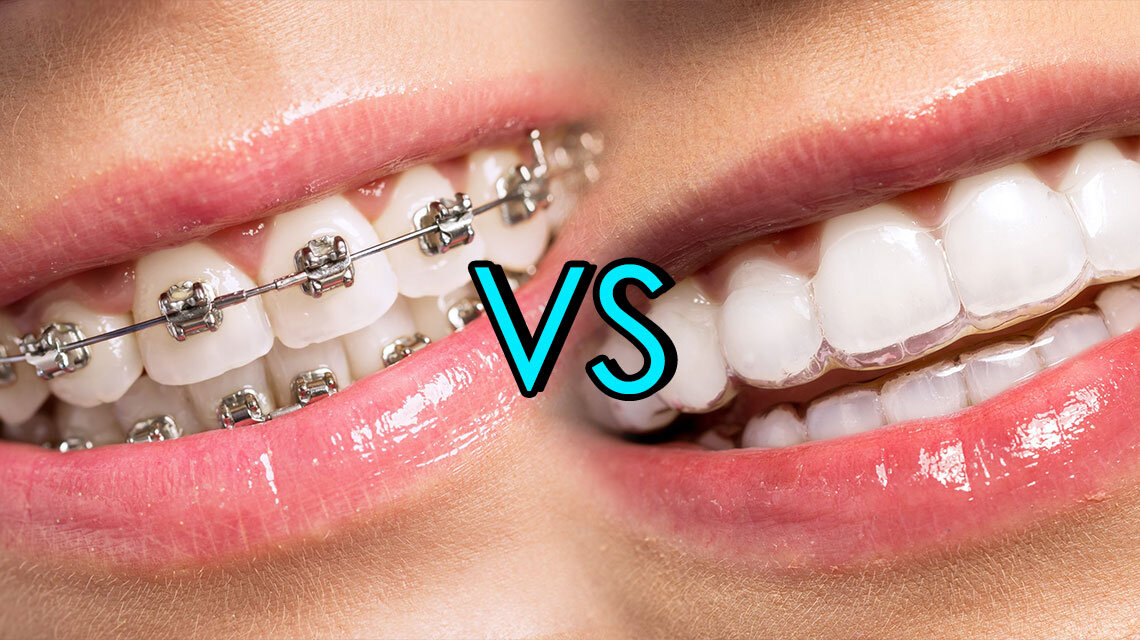Invisalign vs. Typical Braces: Which Option Is Right for You?
When thinking about orthodontic therapy, the choice between Invisalign and conventional braces presents numerous essential variables that merit careful assessment. Invisalign provides a discreet choice with detachable aligners, while traditional dental braces offer a more visible yet reliable solution for serious misalignment. Each choice encompasses distinctive advantages and downsides associated to aesthetic appeals, convenience, therapy period, and price. Comprehending these nuances is important for making a notified decision that lines up with your individual choices and way of life. The concern continues to be: which choice will finest satisfy your orthodontic demands and assumptions?
Overview of Treatment Alternatives
In comparison, typical braces include steel brackets and wires that are bound to the teeth. This method applies constant pressure with time to attain positioning. While efficient for intricate orthodontic concerns, typical braces call for regular gos to for modifications and can present obstacles in keeping oral health due to the difficulty of cleaning around braces and cords.
Both alternatives have their merits, and the selection usually rests on details oral conditions, way of living choices, and individual conformity. Ultimately, getting in touch with an orthodontic professional is vital for establishing one of the most appropriate therapy plan customized to individual demands. Understanding the subtleties of each alternative can substantially affect the general success of orthodontic treatment.
Visual Considerations
A substantial element affecting the selection between Invisalign and standard dental braces is the visual allure each treatment offers. Invisalign aligners are crafted from clear plastic, making them practically unnoticeable when put on.
On the other hand, standard braces are composed of steel brackets and cords, which can be extra visible. While improvements in orthodontic innovation have brought about the advancement of smaller sized braces and colored elastics, standard dental braces still keep a more obvious account. For some people, the visibility of braces may discourage them from seeking needed treatment.
Inevitably, the option between Invisalign and conventional dental braces might depend upon individual choices pertaining to aesthetics. Patients who prioritize discernment frequently lean toward Invisalign, while those that are much less concerned about exposure may select standard braces. Understanding the visual effects of each alternative is crucial for making a notified choice that lines up with one's way of living and preferences.
Comfort and Convenience

In terms of convenience, Invisalign aligners are removable, allowing people to enjoy their favored foods without constraint and preserve ideal oral hygiene. Brushing and flossing are simplified, as the aligners can be obtained during these routines, whereas conventional dental braces call for careful steering around braces and cables.
In addition, Invisalign's dynamic system permits for less orthodontic check outs. Clients generally receive multiple collections of aligners at when, which can improve the therapy procedure and reduce time invested in the orthodontist's chair. On the other hand, standard dental braces require normal adjustments, making them much less practical for those with busy schedules. Invisalign. Overall, the convenience and comfort of Invisalign make it an appealing option for many people seeking orthodontic treatment.
Therapy Period and Efficiency
While both Invisalign and typical dental braces are effective in remedying dental misalignments, the duration of therapy can differ considerably in between the 2 choices. Usually, Invisalign therapy can take anywhere from 12 to 18 months, depending on the intricacy of the situation. The clear aligners work by gradually changing teeth into their wanted placements, and regular follow-ups their website with an orthodontist aid guarantee progression continues to be on course.
In contrast, typical dental braces often need a longer dedication, generally ranging from 18 months to three years. This results from their set nature and the usage of braces and cables, which can be much more efficient for complicated cases and serious misalignments (Invisalign). The therapy efficiency of standard dental braces is well-documented, as they enable specific changes and greater control over tooth motion
Inevitably, the option between Invisalign and traditional dental braces may rest on both the awaited therapy period and the certain dental problems available. Consulting with an orthodontist is vital, as they can offer tailored recommendations based on individual needs, making sure the selected method lines up with preferred timeframes and end results.
Cost Contrast and Insurance Options
Cost plays a considerable duty in the decision-making procedure for individuals thinking about orthodontic treatment, whether selecting Invisalign or conventional dental braces. Generally, the expense of Invisalign arrays from $3,000 to $8,000, while traditional dental braces usually cost between $2,000 and $6,000. Factors affecting these costs consist of the complexity of the case, the duration of therapy, and geographical place.
Insurance protection can considerably impact out-of-pocket costs. Lots of oral insurance policy strategies supply partial protection for orthodontic therapies, but the specifics can vary extensively. It is important for individuals to examine their insurance coverage plans to establish the extent of coverage for Learn More Here either option. Usually, traditional dental braces may be extra frequently covered by insurance plans compared to Invisalign, which some insurance providers classify as a cosmetic treatment.
Furthermore, several orthodontic methods use adaptable payment plans, making both therapy alternatives more obtainable. Patients must ask about potential financing alternatives and discount rates for in advance payments. Evaluating the complete expense, consisting of insurance advantages and layaway plan, is important for making a notified decision that lines up with both visual preferences and budget plan factors to consider.

Final Thought
In recap, the option between Invisalign and conventional braces depends upon multiple variables, consisting of aesthetic preferences, convenience, treatment period, and cost. Invisalign offers a very discreet, removable choice that facilitates oral health and dietary adaptability, while typical braces may be a lot more suitable for intricate oral concerns get redirected here and typically come at a reduced price factor. Eventually, consultation with an orthodontist is crucial to evaluate individual situations and identify one of the most ideal therapy alternative for achieving optimal dental positioning.
When considering orthodontic therapy, the option in between Invisalign and traditional dental braces presents several crucial factors that merit mindful evaluation.Comparing Invisalign and conventional braces exposes distinct treatment options for orthodontic modification.While both Invisalign and conventional dental braces are effective in remedying dental imbalances, the duration of therapy can differ substantially between the 2 choices.Price plays a significant function in the decision-making procedure for people considering orthodontic therapy, whether opting for Invisalign or conventional braces.In recap, the choice in between Invisalign and typical braces hinges on several variables, consisting of visual choices, comfort, treatment period, and cost.